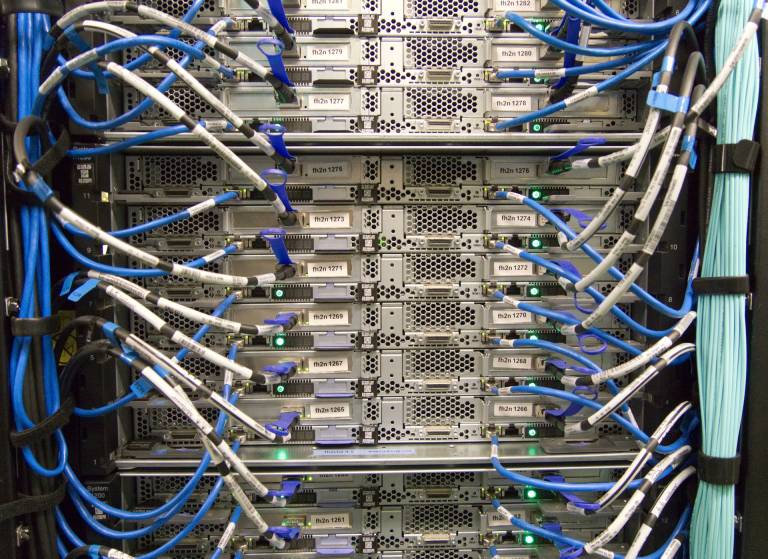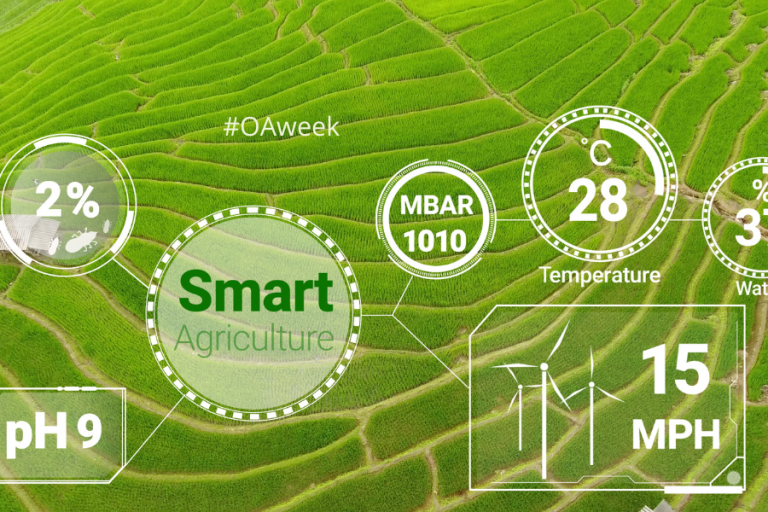Writing a data management plan is based on the basics, i.e. identifying your own research data and describing it. That’s why it’s a good idea to take a moment to think about What the research data mean in my research context? Does the data management plan address physical material or focus on “data”?
Data reminds some people of excels, tables, and databases, but you can understand the data more broadly. Interview files, transcripts, photographs, videos, measurement results, ethnography, historian’s notes on archive materials, public documents, register data, previously collected research data, Internet data, classifications and categorisations made from other data can all be seen as research data.
In a broad sense, any background information used in the study, which is used to produce new knowledge, can be seen as data. Excluding scientific publications, unless your research is about scientific publishing?
It can be difficult to draw a line between data and materials, and there may not be a need for it. It is essential to define the data from your research context and to take into account the main characteristics of your own research. If the processing of the data requires codes produced in the project, they should also be considered as data.
Physical materials can also be seen as “data”, in so far as they seem relevant in your research context. From the point of view of open science and the openness of research data, physical materials can be difficult, which is why the main focus of the data management plan is usually digital data. On the other hand, there are biobanks for tissue and blood samples, for example, so it can be difficult to draw a line in this respect as well.
The almost equally tricky issue of data management is related to the quality of the data. As we just pointed out, the research data can be almost anything, making it impossible to give a general-level tip to ensure data quality.
Quality issues can be related to version control, reviewing transcription of interviews, digitizing analog material, among other things. The most important thing is to identify any errors that can happen in data collection and processing. Remember also that agreeing on uniform working practices and providing and instructing the research group members improves not only the quality of the data, but also saves time.
Instructions on how to write a data management plan can be found at DMPTuuli and for more detailed advice you can ask for more detailed advice at researchdata@tuni.fi. Instructions for data management can also be found in our guide.




